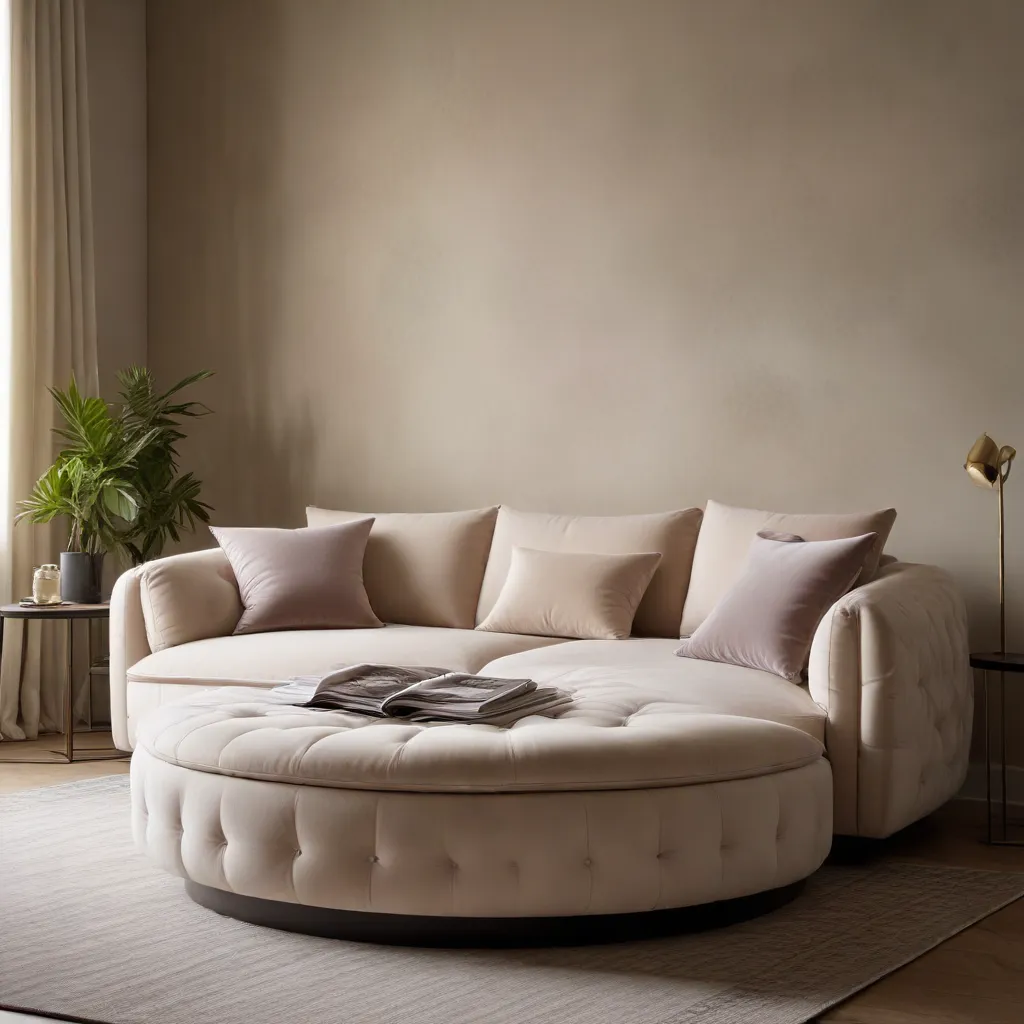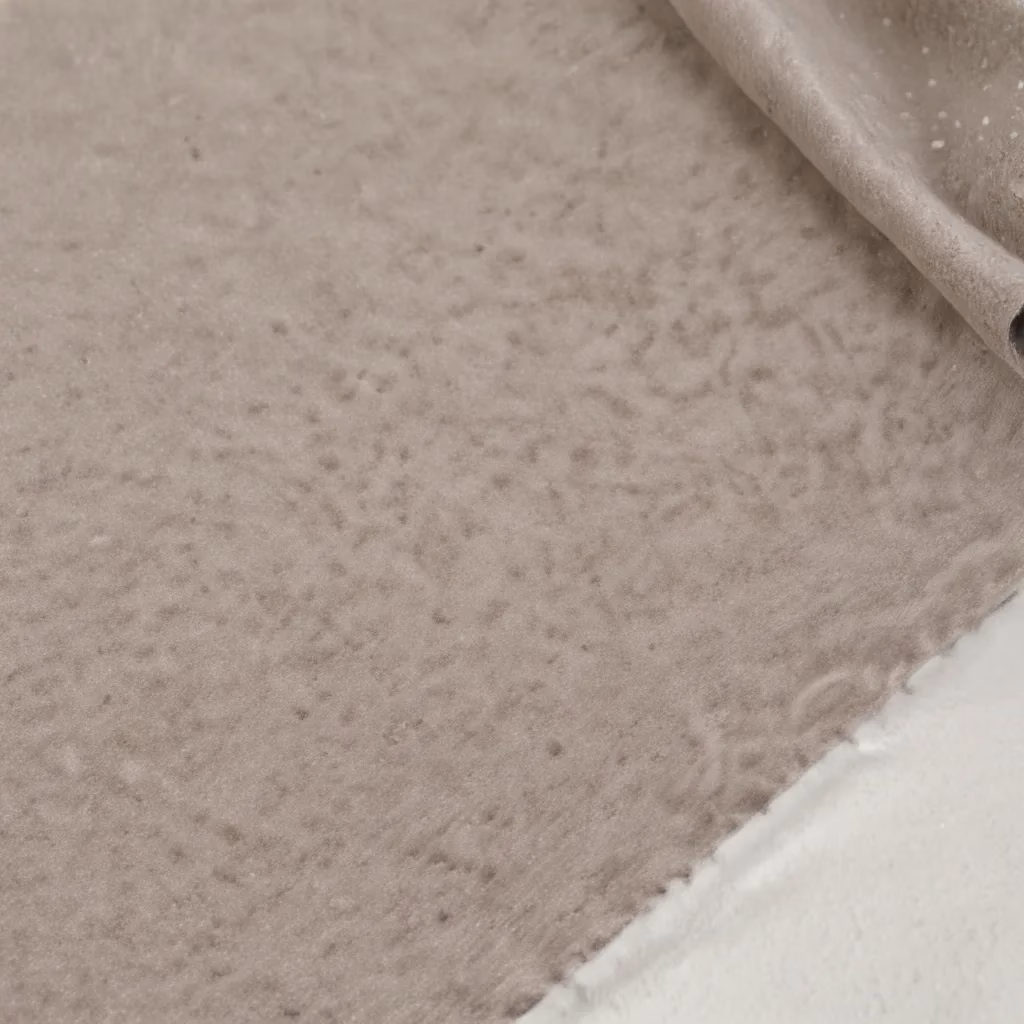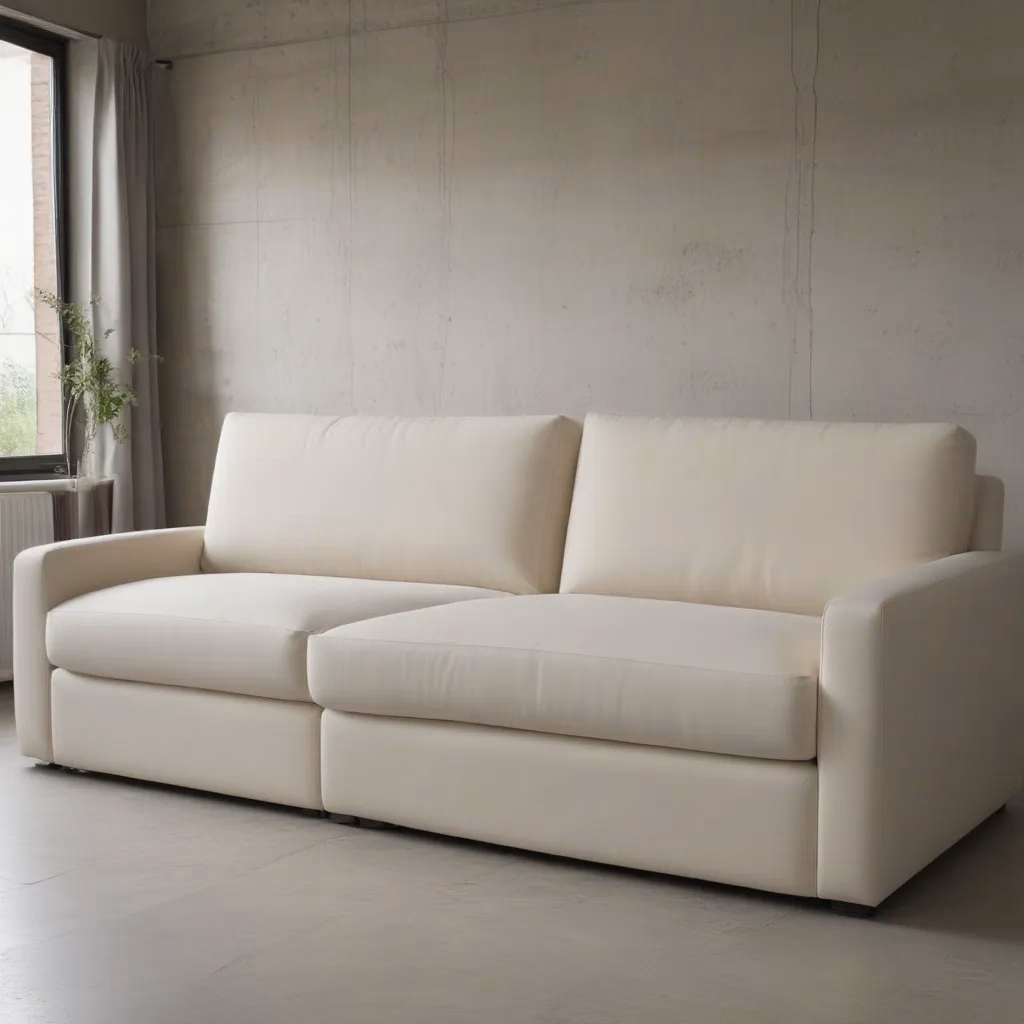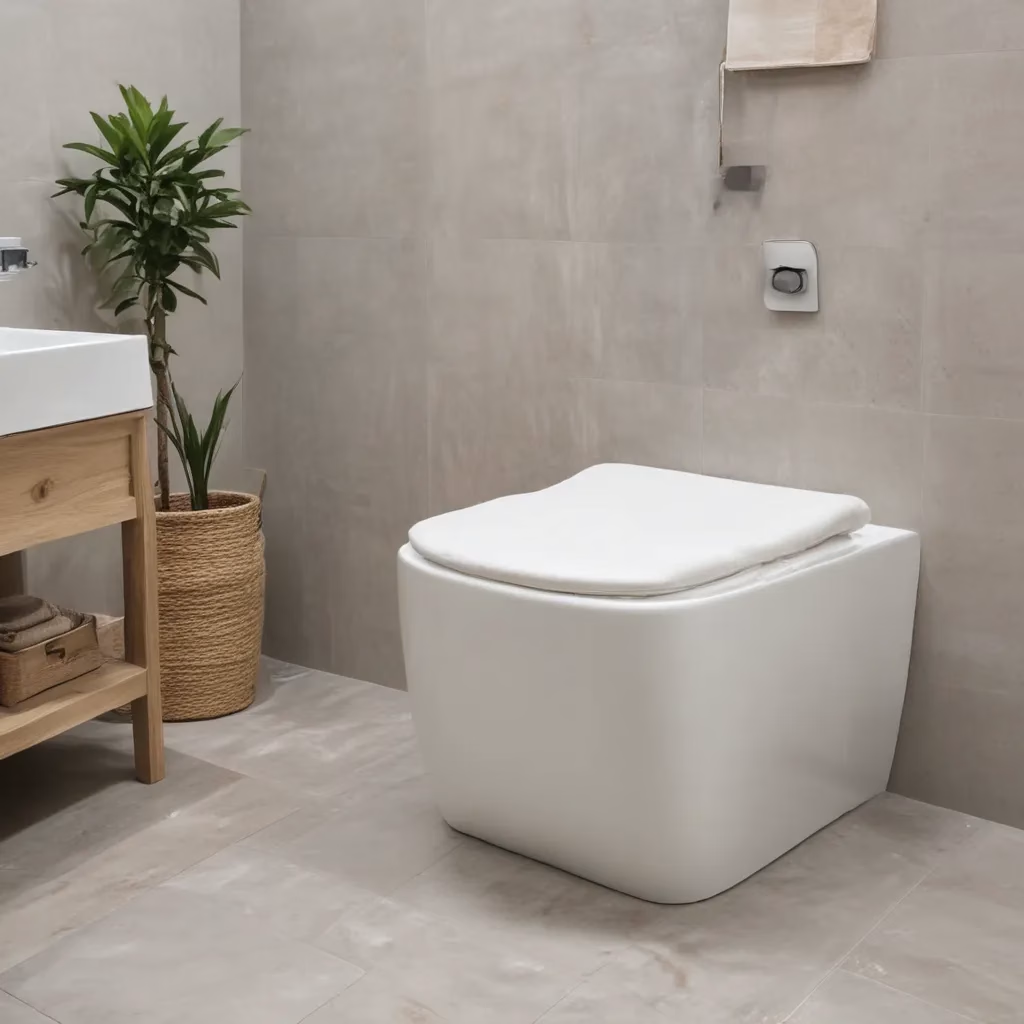
The Evolution of Sofa Design in the UK
As we approach September 2024, the landscape of sofa design in the United Kingdom continues to evolve, reflecting changing lifestyles and aesthetic preferences. The modern British home has become a sanctuary, and sofas play a central role in creating comfortable, inviting spaces. This shift has led to a renewed focus on plush, sumptuous seating options that prioritise both style and comfort.
In recent years, UK consumers have shown a growing appreciation for sofas that offer more than just a place to sit. They seek out pieces that provide a luxurious experience, with deep cushions and soft, tactile fabrics. This trend towards comfort has not come at the expense of style, however. Contemporary designs often feature clean lines and sophisticated silhouettes that complement a wide range of interior décor styles.
The concept of modularity has also gained traction in the UK market. Homeowners are drawn to versatile sofa systems that can be reconfigured to suit different spaces and occasions. This flexibility is particularly valuable in urban areas where living spaces may be more compact, allowing residents to maximise their available room while still enjoying generous seating options.
Choosing the Right Sofa Material for UK Homes
When it comes to selecting the perfect sofa for a UK home, the choice of material is crucial. It not only affects the look and feel of the piece but also its durability and maintenance requirements. Here’s a comparison of popular sofa materials and their suitability for British households:
| Material | Pros | Cons | Best For |
|---|---|---|---|
| Leather | Durable, easy to clean, ages well | Can be cold to touch, expensive | High-traffic areas, homes without pets |
| Velvet | Luxurious feel, rich colours | Requires regular maintenance, shows marks easily | Formal living rooms, adult households |
| Linen | Breathable, natural fibre | Wrinkles easily, less durable | Casual spaces, warmer climates |
| Microfibre | Stain-resistant, affordable | Can look less premium | Family rooms, homes with children or pets |
| Wool | Warm, natural, durable | Can be itchy, expensive | Cool climates, traditional interiors |
In the UK’s often damp climate, it’s important to consider materials that resist moisture and are easy to maintain. Leather and microfibre are popular choices for their practicality, while velvet and wool offer warmth and comfort during colder months.
The trend towards eco-friendly living has also influenced material choices. Many UK consumers now look for sofas made with sustainable materials or fabrics made from recycled fibres. This environmental consciousness is driving innovation in the furniture industry, with manufacturers developing new, green alternatives to traditional sofa materials.
The Rise of Multi-functional Sofas in UK Homes
As UK living spaces become more versatile, so too do the sofas within them. Multi-functional sofas have seen a surge in popularity, offering solutions for homes where space is at a premium. These innovative designs incorporate features that extend beyond simple seating, providing additional value and functionality.
One of the most sought-after types of multi-functional sofas is the sofa bed. These pieces have come a long way from the uncomfortable pull-out mechanisms of the past. Modern sofa beds offer sleeping surfaces that rival dedicated beds in comfort, making them ideal for guest accommodation or small flats where a separate bedroom isn’t feasible.
Reclining sofas have also seen significant improvements in design and functionality. Today’s recliners often feature smooth, quiet mechanisms that allow users to adjust their position with ease. Some models even incorporate power functions, allowing for precise control over the angle of recline and footrest position.
Storage solutions integrated into sofas have become increasingly popular in UK homes. Hidden compartments within the arms or under the seats provide valuable space for storing blankets, remote controls, or other living room essentials. This feature is particularly appreciated in urban dwellings where storage space is often limited.
Comfort Technologies in Modern Sofa Design
The pursuit of ultimate comfort has led to the development of advanced technologies in sofa cushioning and support systems. These innovations aim to provide a seating experience that is not only comfortable but also beneficial for posture and overall well-being.
Memory foam, once primarily associated with mattresses, has found its way into sofa cushions. This material conforms to the body’s shape, providing personalised support and pressure relief. Some manufacturers have developed hybrid cushions that combine memory foam with other materials to offer a balance of softness and support.
Adjustable lumbar support is another feature gaining traction in high-end sofa designs. This allows users to customise the level of lower back support, catering to individual preferences and needs. Such ergonomic considerations are particularly valued by those who spend extended periods sitting, such as people working from home.
Temperature-regulating fabrics are also making their way into sofa upholstery. These materials help maintain a comfortable seating temperature regardless of the ambient conditions, which is particularly useful in the UK’s variable climate. Some advanced fabrics even incorporate moisture-wicking properties to enhance comfort during warmer weather.
Colour Trends and Patterns in UK Sofa Design
The colour palette for sofas in UK homes has expanded beyond traditional neutrals, reflecting a broader trend towards personalisation and expression in interior design. While classic shades like grey, beige, and white remain popular for their versatility, bolder colours are making a statement in many British living rooms.
Deep, rich hues such as forest green, navy blue, and burgundy have emerged as favourites for those looking to add a touch of sophistication to their spaces. These colours work well in both traditional and contemporary settings, offering depth and character to the room.
Pastel shades have also seen a resurgence, particularly in more casual or Scandinavian-inspired interiors. Soft pinks, mint greens, and pale blues can create a calming atmosphere and add a subtle pop of colour without overwhelming the space.
Patterns are being used more confidently in sofa design, with geometric prints and subtle textures gaining popularity. These can add visual interest to a room without the commitment of a bold solid colour. Florals, while less common, are seeing a revival in updated, contemporary forms that avoid feeling outdated.
Sustainable Practices in UK Sofa Manufacturing
Sustainability has become a key consideration for many UK consumers when purchasing furniture, including sofas. This shift in consumer priorities has prompted manufacturers to adopt more environmentally friendly practices throughout their production processes.
One significant trend is the use of recycled materials in sofa construction. This can include recycled steel for frames, reclaimed wood for legs, and fabrics made from recycled plastic bottles. These materials not only reduce waste but often result in durable, high-quality products.
Some UK manufacturers are exploring the use of bio-based foams for cushioning, derived from plant sources rather than petroleum. These alternatives aim to reduce the carbon footprint of sofa production while maintaining the comfort and longevity expected by consumers.
The concept of circular economy is gaining traction in the furniture industry. Some companies now offer take-back schemes, where they will collect and recycle old sofas when customers purchase new ones. This approach helps to reduce landfill waste and ensures that materials are reused wherever possible.
Customisation Options for UK Sofa Buyers
The desire for unique, personalised furniture has led to an increase in customisation options for sofas in the UK market. Many retailers now offer a range of choices that allow customers to create a sofa that perfectly fits their space and style preferences.
Modular sofa systems have become particularly popular, allowing buyers to configure their seating arrangement to suit their specific room layout. These systems often come with a variety of elements, such as corner units, chaise longues, and ottomans, which can be combined in numerous ways.
Fabric selection is another area where customisation is prevalent. Many retailers offer a wide range of upholstery options, from different textures and colours to patterns and prints. This allows customers to coordinate their sofa with existing décor or to make a bold statement with a unique fabric choice.
Some manufacturers are taking customisation a step further by offering bespoke sizing options. This service is particularly valuable for those with challenging spaces or specific requirements that standard sizes cannot meet. While this level of customisation often comes at a premium, it ensures a perfect fit and maximum comfort.
The Impact of Smart Technology on Sofa Design
As homes in the UK become increasingly connected, smart technology is finding its way into sofa design. These high-tech features aim to enhance comfort, convenience, and the overall user experience.
USB charging ports and wireless charging pads integrated into sofa arms or side tables have become popular additions. These features cater to the modern lifestyle where staying connected is essential, allowing users to charge their devices without leaving the comfort of their seat.
Some advanced sofa models now include built-in speakers and Bluetooth connectivity. This allows users to stream music or audio from their devices directly through their sofa, creating an immersive entertainment experience without the need for separate speaker systems.
Climate control features are also being incorporated into high-end sofas. Heating elements within the seating can provide warmth on cold days, while cooling systems offer relief during warmer weather. These temperature-regulating technologies can be controlled via smartphone apps, allowing users to adjust their comfort settings remotely.
Caring for Your Sofa: Maintenance Tips for UK Homeowners
Proper care and maintenance are essential for preserving the beauty and longevity of a sofa, particularly in the UK’s climate. Here are some key tips for keeping your sofa in top condition:
-
Regular cleaning: Vacuum your sofa weekly to remove dust and debris. For fabric sofas, use a soft brush attachment to avoid damaging the material.
-
Stain protection: Consider applying a fabric protector to guard against spills and stains. For leather sofas, use a conditioner to prevent cracking and maintain suppleness.
-
Prompt stain removal: Act quickly when spills occur. Blot (don’t rub) the area with a clean, damp cloth. For persistent stains, use a cleaning solution appropriate for your sofa’s material.
-
Sunlight protection: Position your sofa away from direct sunlight to prevent fading and material degradation. Use curtains or blinds to filter harsh UV rays.
-
Cushion care: Regularly rotate and fluff cushions to maintain their shape and distribute wear evenly.
-
Professional cleaning: Schedule a professional cleaning once or twice a year, depending on usage, to deep clean and refresh your sofa.
-
Pets considerations: If you have pets, use throws or slipcovers to protect your sofa from fur and claws. Groom pets regularly to minimise shedding.
-
Avoid eating on the sofa: While tempting, eating on the sofa increases the risk of stains and crumbs. If you do snack, use a tray to catch spills.
By following these maintenance tips, UK homeowners can ensure their sofas remain comfortable and attractive for years to come, regardless of the chosen style or material.
Incorporating Your Sofa into UK Interior Design Trends
The sofa is often the centrepiece of a living room, and as such, plays a crucial role in the overall interior design scheme. Current UK design trends emphasise creating cohesive, harmonious spaces that reflect personal style while maintaining functionality.
One popular approach is to use the sofa as a neutral base and build the room’s colour scheme around it. This allows for flexibility in changing accent colours through accessories like cushions, throws, and artwork. For those who opt for a bold-coloured sofa, the surrounding décor can be kept more subdued to allow the seating to take centre stage.
Mixing textures has become a key element in creating interesting and inviting living spaces. A plush velvet sofa can be paired with natural wood elements and woven textiles to create a rich, layered look. This approach adds depth and visual interest to the room without relying solely on colour.
The trend towards open-plan living in UK homes has influenced sofa placement and selection. L-shaped or corner sofas can be used to define separate areas within a larger space, creating a sense of cosiness without the need for walls. Alternatively, two smaller sofas facing each other can create an intimate conversation area within an open floor plan.
Accessorising your sofa is an easy way to keep up with changing design trends without investing in new furniture. Throw pillows in on-trend patterns or colours can instantly update the look of a sofa. Draping a textured throw over the arm or back of the sofa adds warmth and style, particularly useful in the UK’s cooler months.
Choosing the Right Sofa Size for Your UK Home
Selecting the appropriate sofa size is crucial for both comfort and aesthetics in UK homes, where space can often be at a premium. Here are some considerations to keep in mind:
-
Room measurements: Accurately measure your room, taking note of any architectural features like fireplaces or bay windows that might affect sofa placement.
-
Traffic flow: Ensure there’s enough space to move comfortably around the sofa. A general rule is to leave at least 45cm of walking space around the furniture.
-
Proportion: The sofa should be in proportion to the room and other furniture. In smaller spaces, consider a loveseat or apartment-sized sofa instead of a full-sized one.
-
Doorways and staircases: Measure all entrances to ensure the sofa can be delivered without issues. Some sofas come with removable legs or in sections to ease delivery.
-
Seating needs: Consider how many people you need to seat regularly. A combination of a sofa and armchairs might be more flexible than a single large sofa.
-
Room function: If the room serves multiple purposes (e.g., living and dining), choose a sofa size that allows for these different functions without overcrowding.
-
Visual weight: Remember that the visual weight of a sofa can affect how large it feels in a room. Sofas with exposed legs can make a space feel more open than those with skirts.
-
Future plans: If you’re likely to move in the near future, consider choosing a sofa that’s versatile enough to fit in different spaces.
By carefully considering these factors, UK homeowners can select a sofa that not only fits their space perfectly but also enhances the overall look and functionality of their living area.
The Future of Sofa Design in the UK
As we look towards the future of sofa design in the UK, several emerging trends and technologies are likely to shape the industry. These innovations aim to address evolving lifestyle needs, environmental concerns, and technological advancements.
One area of development is in smart fabrics. These materials could incorporate sensors to monitor posture and suggest adjustments for optimal comfort. Some may even have the ability to change colour or pattern electronically, allowing users to update their sofa’s appearance without replacing the entire piece.
Sustainability is expected to remain a key focus, with increased use of biodegradable materials and designs that facilitate easy disassembly and recycling at the end of the sofa’s life. This approach aligns with the growing circular economy movement in the UK.
Virtual and augmented reality technologies are likely to play a larger role in the sofa buying process. These tools will allow customers to visualise how different sofa styles and colours will look in their homes before making a purchase, reducing the likelihood of returns and enhancing customer satisfaction.
Modular design is expected to become even more sophisticated, with sofas that can be easily reconfigured to suit changing needs. This could include pieces that transform from a sofa to a dining set, or that incorporate home office elements for the increasing number of UK residents working from home.
As urban living spaces continue to evolve, we may see more compact, multi-functional sofa designs that cater to smaller apartments and flexible living arrangements. These could include built-in storage solutions, integrated technology, and transformable elements that maximise the utility of limited space.
The integration of health-monitoring features into sofas could also become more common. Sensors built into the seating could track vital signs and alert users to potential health issues, aligning with the growing trend of home health tech.
Personalisation is likely to reach new levels, with advanced manufacturing techniques allowing for cost-effective customisation of sofa shapes, sizes, and features to meet individual preferences and needs.
As these trends develop, the sofa of the future in UK homes may well become a highly personalised, technologically advanced piece of furniture that adapts to users’ needs while maintaining the comfort and style that have always been at the heart of sofa design.
For more information on current sofa trends and to explore a wide range of comfortable and stylish options, visit Sofa Spectacular. Their collection showcases the latest in sofa design, catering to diverse tastes and living spaces across the UK.



